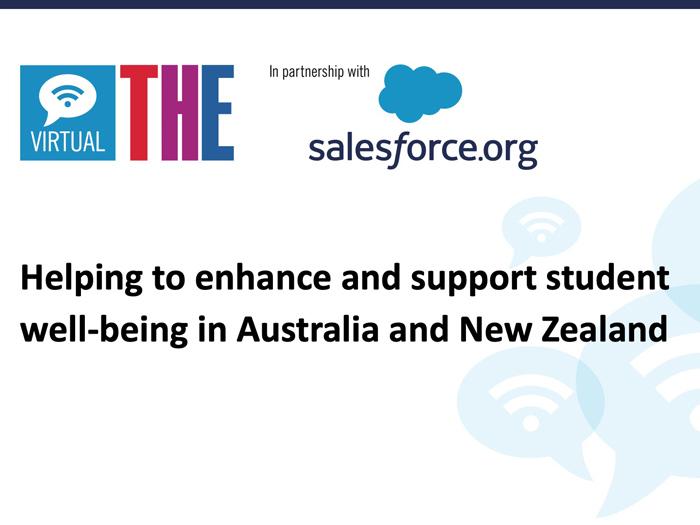Advances in technology continue to shape the way we live, work and learn, creating new opportunities for higher education institutions to leverage technology to deliver high-quality education. As part of the Singapore Institute of Technology’s digital transformation, we are using blended learning to provide the best mix of online and face-to-face learning for our students.
To keep the focus on students’ learning instead of the technology per se, it is important to listen to students to understand what they are looking for. We recently held focus groups with 21 student leaders from across the university, representing diverse disciplines including business, health sciences and engineering. Here is what they told us:
Clear online learning material
Many students recognised that online learning is helpful preparation for face-to-face classes, beyond the logistical convenience. To help them learn best, students said that online materials should first and foremost be short, as the “act of sitting in front of a video for two hours” can be “tedious and tiring”. They found themselves more motivated to complete the online learning when instructors clearly outlined how it relates to the face-to-face class. Students are also looking for a clear and consistent online learning experience, pointing out how confusing it is when different instructors set up their content, quizzes and assignment submissions differently on the learning management system, or when there are no clear instructions.
- Eight tips for making teaching and learning more enjoyable for learners
- Sparking online joy: five ways to keep students engaged
- How to re-energise your online classroom and inspire creativity
Engagement with instructors and peers
Other than clear online learning material, students are also looking to be engaged. Videos should be interactive and allow them to check their learning along the way, using short quizzes with simple explanations for wrong answers at the end of a block of content. Another important element is an avenue for timely clarifications and feedback. Students felt their learning is impeded when it is difficult to contact instructors or it takes a long time to get answers to their questions.
They also talked about the lonely nature of online learning, with interaction often minimal, affecting their rapport and friendship building. What they found helpful was to study in groups; to answer questions, share notes and motivate one another.
High-quality exclusive face-to-face classes
Students appreciated face-to-face classes where they get to apply what they learned and where they get exclusive information that they cannot find online. For example, when instructors share the “secret sauce” from their experience or “a-ha moments” when instructors help them figure things out or appreciate something deeply. Students also liked the more natural social setting compared with online learning. They felt it allowed timely clarifications with instructors, better discussions with peers and to know each other better. If they have to travel in for a class, the experience should not be a repeat of what they can get from an online lecture.
Support for learning good study habits
When asked what was helpful for their online learning, students shared the importance of picking up good study habits, including time management, and being able to prioritise the most important information to learn as they’re juggling multiple commitments. They also stressed the need for the right mindset, of having self-discipline and being accountable to oneself, as not everyone has these skills.
Listen and let their voice to be heard
Finally, students told us to keep engaging them. They appreciate the efforts to reach out to them. While they recognise that creating a solid blended-learning environment takes time and effort, they like to see that their feedback is taken seriously and improvements are made along the way.
It was interesting and reassuring for us to learn that what students want for blended learning is very similar to what we know from the academic literature. They may not use the jargon we do, but they are talking about the same things. In fact, some of us would argue that these are universal principles of good teaching that are not unique to blended learning. We are also glad that we are addressing a lot of what our students want in our Singapore Institute of Technology Blended Learning Practice Guide for academic staff. Indeed, these are simple yet powerful guiding principles for doing blended learning well. They are also a good reminder that the purpose of blended learning is to help our students learn well. This guide and other support is available to all teaching academic staff at SIT’s Teaching and Learning Academy.
Bavani Divo and Miriam Wun are senior educational developers with the Singapore Institute of Technology’s teaching and learning centre. Eric Chua is an associate professor and leads the same centre.
If you would like advice and insight from academics and university staff delivered direct to your inbox each week, sign up for the Campus newsletter.




comment